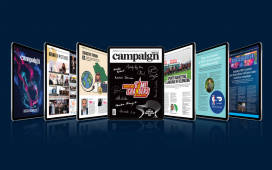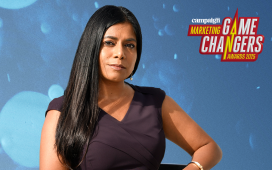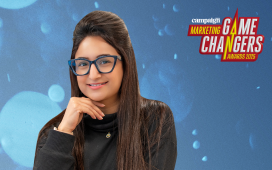Scan the QR code on the ad above to experience the mixed reality element of the print advertisement.
Sharaf DG released an ad in the Friday, 30th August issue of Khaleej Times, which offers readers the opportunity to play a video on printed paper. Yes, you read that right.
When readers scan the QR code on the printed ad, a video ad spot starts playing within the confines of the print ad space on page.
The mixed reality ad experience was developed by the electronics brand, in partnership with AI-powered mixed reality publishing platform Flam, to promote a ‘Back to School’ offer introducing AI personal computers to
To continue reading this article you need to be registered with Campaign. Registration is free and only takes a minute. Register Now or sign in below if you already have an account.









